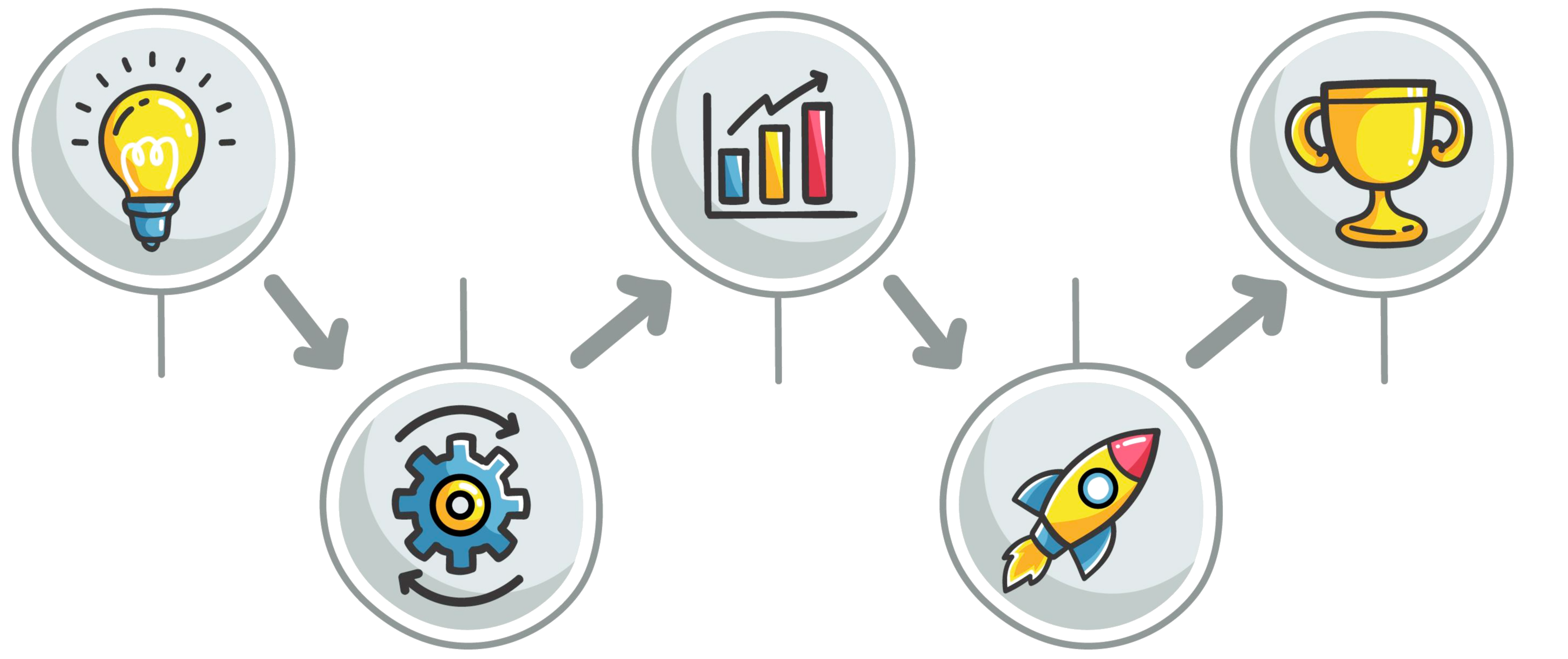What is Feature Management?
Feature management is the process of controlling the availability and visibility of features within a software application or website.

Feature management is the process of controlling the availability and visibility of features within a software application or website.
It enables organizations to release features in a controlled and incremental way, allowing them to test and iterate on new features without impacting the user experience.
Feature management, or feature flag management, is a game changer for software development because it allows organizations to decouple the release of new features from their deployment to production. By using feature flags, developers can safely release new features to a subset of users, test them, and collect feedback before rolling them out to all users.
This enables organizations to mitigate risk, iterate quickly, and deliver a personalized user experience.

In addition, feature management provides organizations with valuable insights into how their features are being used, and whether they are meeting their intended goals.
By collecting usage data and feedback from users, organizations can make informed decisions about which features to invest in, which to improve, and which to retire.
🤸 Increased Agility
By using feature management, organizations can release new features and updates faster and with less risk. This enables them to stay ahead of the competition and respond quickly to changing user needs and market trends.
👊 Improved Collaboration
Feature management tools provide a central platform for developers, product managers, and other stakeholders to collaborate and manage feature releases. This can help streamline the development process, reduce communication overhead, and ensure that everyone is on the same page.-
♻️ Reduced Waste
By using feature flags to release features incrementally and test them with a subset of users, organizations can avoid wasting time and resources on features that don't resonate with users or don't meet their intended goals. This can help improve efficiency and reduce costs.-
✏️ Enhanced Personalization
Feature management enables organizations to deliver a personalized and tailored user experience based on different criteria, such as user location, device type, or any other custom attribute. This can help increase user engagement and satisfaction, and ultimately drive business success.-
🔄 Continuous Improvement
By collecting usage data and feedback from users, organizations can continuously improve their features and iterate quickly based on real-world data. This can help drive innovation, improve user satisfaction, and ensure that the product is always evolving to meet changing needs.